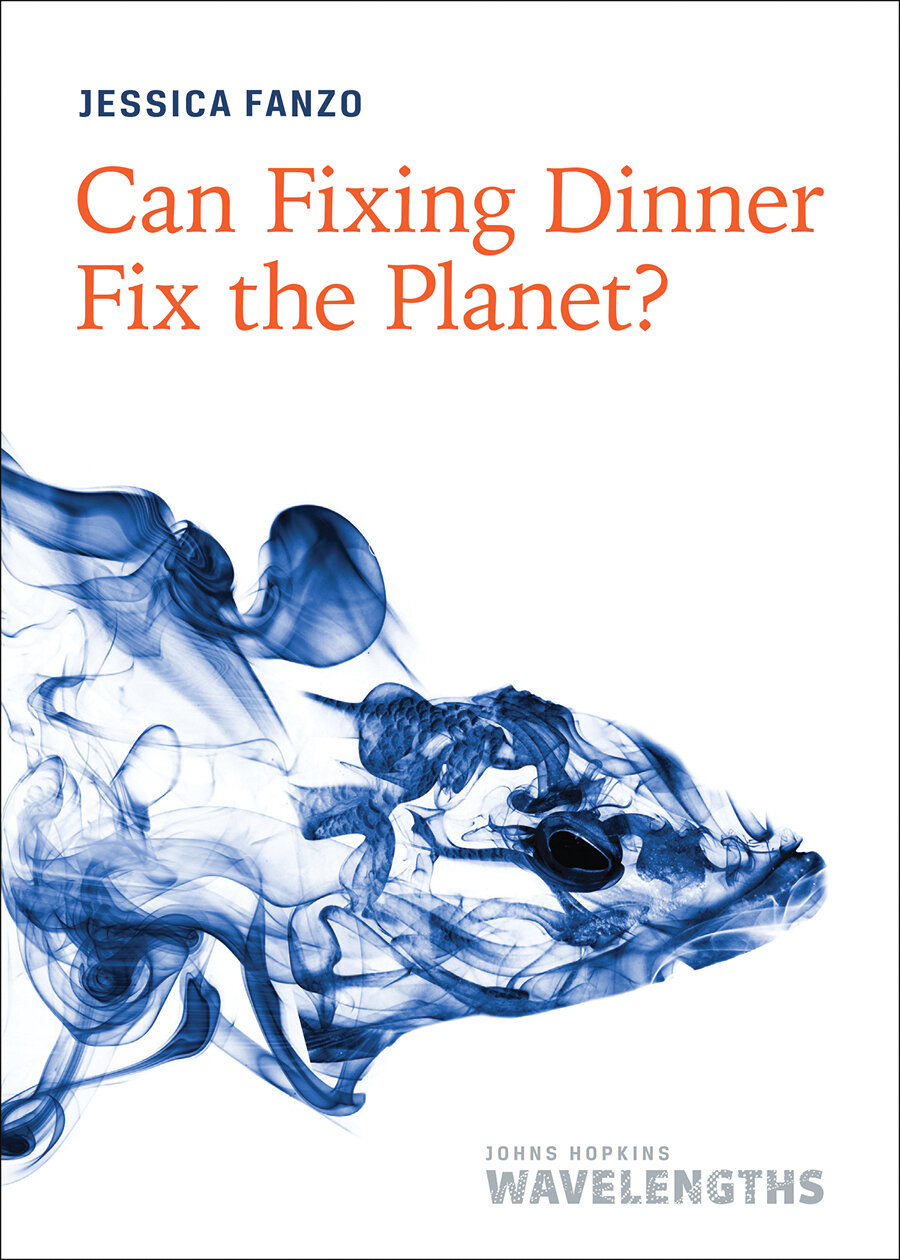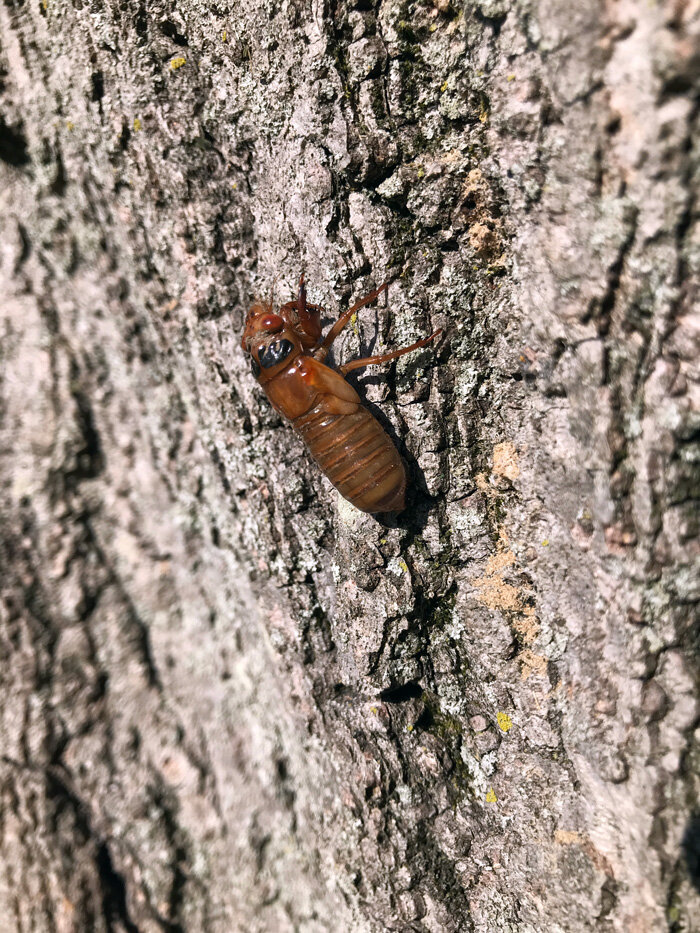Food is everywhere. You can find it in almost every store and street corner (whether someone can afford it is for another blog entry). There are food blogs, food podcasts, food documentaries, food travel shows, food cooking shows, food apps, food zines, food mags, food porn…I could go on and on. People tweet, post, and hyperbolize about food, and are watching more cooking than actually doing cooking. Go figure. Food in and of itself has become entertainment. It is less about people eating healthy and spending quality time on preparing and sharing food, and more about bragging rights. It has become a vehicle for snobbery and status but also, social aggression and competition. In a New York Times piece alluding to food as high art, “Nobody cares if you know about Mozart or Leonardo anymore, but you had better be able to discuss the difference between ganache and couverture.”
Much of the mainstream food system writing and pontificating is from authors who do not have traditional training in science and instead are journalists or writers, some coming from the cooking/restaurant sector. Many chefs are now TV stars in their own right and authors of famous books—and not just cookbooks. Many of these writers act as advocates and have developed celebrity status personalities. They often write about nutrition issues in a more ideological sense, taking parcels of select data to tell their story. The debates on the health of organic foods, GMOs, and industrialization have all been written about: less on the science, more on a belief system of what the food system should ideally look like, but usually only does so for the few elite. They have become the mavens of the food world.
“Nutritionism”— a reductive understanding of nutrients as the key indicators of healthy food—has created much confusion for consumers, leaving journalists, such as Michael Pollan—author of the infamous Ominovores Dilemma—to feed the public digestible answers to the most vexing global food system problems. Pollan along with many other writers (think Bittman, Waters, Petrini, Andres) have effectively opened a new dialogue about food systems, how we (un)consciously eat food, and how the individual can not only eat healthier, nutritious foods but within a healthier food system as well. It took someone like Michael Pollan to distill the complexity of nutrition science into one, simple message that resonated with the public: “Eat food. Not too much. Mostly plants.” Many of these food journalists argue that the nutrition field and nutrition scientists have largely failed the global population, leaving people utterly confused and lost in the swampy, ultra-processed junk food abyss.
Pollan, who has now moved onto the world of psychedelics, further explained:
“In the case of nutritionism, the widely shared but unexamined assumption is that the key to understanding food is indeed the nutrient. From this basic premise flow several others. Since nutrients, as compared with foods, are invisible and therefore slightly mysterious, it falls to the scientists (and to the journalists through whom the scientists speak) to explain the hidden reality of foods to us. To enter a world in which you dine on unseen nutrients, you need lots of expert help. But expert help to do what, exactly? This brings us to another unexamined assumption: that the whole point of eating is to maintain and promote bodily health. Hippocrates’s famous injunction to ”let food be thy medicine” is ritually invoked to support this notion.”
Gary Taubes, a science writer/journalist, and low carb diet advocate argues:
“The 600,000 articles — along with several tens of thousands of diet books — are the noise generated by a dysfunctional research establishment. Because the nutrition research community has failed to establish reliable, unambiguous knowledge about the environmental triggers of obesity and diabetes, it has opened the door to a diversity of opinions on the subject, of hypotheses about cause, cure, and prevention, many of which cannot be refuted by the existing evidence. Everyone has a theory. The evidence doesn’t exist to say unequivocally who’s wrong.”
Tit for tat, scientists also poo poo on these journalists and find their prose problematic. First, some scientists argue that the Pollans of the world interpretation of science is filled with individual dietary purity. Their idea is to bring food systems back into one’s control, into one’s environment. This is such a difficult prospect for so many people around the world, particularly for those who are suffering from hunger or are struggling to make ends meet and have no voice, no agency. Second, some scientists call these food journalists “agri-intellectuals” who boast more about what should be considered healthy and sustainable production systems without a lot of thought about how farms really operate, and farmer families’ daily struggles, inequities, and the difficulties in earning a living growing food. And last, some find their writing just disconnected from reality and instead, drowning in Americana-centric, navel-gazing arguments with a lack of focus on the perverse political and structural systems that underpin how our globalized food supply is governed that can’t be unraveled by growing your own herb garden.
Norman Borlaug, the agronomist who was largely responsible for the Green Revolution in Asia and Latin America said:
“Some of the environmental lobbyists of the Western nations are the salt of the earth, but many of them are elitists. They've never experienced the physical sensation of hunger. They do their lobbying from comfortable office suites in Washington or Brussels. If they lived just one month amid the misery of the developing world, as I have for fifty years, they'd be crying out for tractors and fertilizer and irrigation canals and be outraged that fashionable elitists back home were trying to deny them these things.”
Yikes. I wouldn’t go that far Norman…but I see your point. I think…While Norman wasn’t referring to journalists per se, he was referring to lobbyists/advocates/policy wonks that also take the “I know what’s best” high road. The point is, while we scientists can complain all we want about who is shaping decisions and the psyche of the general public, we too need to get better at messaging. We need to be savvier at influencing. We need to use the evidence in ways that convince others to take action and make a change.
I wish I could write as convincingly as Pollan does. I truly do. Wouldn’t it be cool if journalists and scientists got together, shared science, ideas, and information, and wrote joint articles and books? The incentive structures would need to change, but the output could be powerful. Now that would be mavenizing!


















